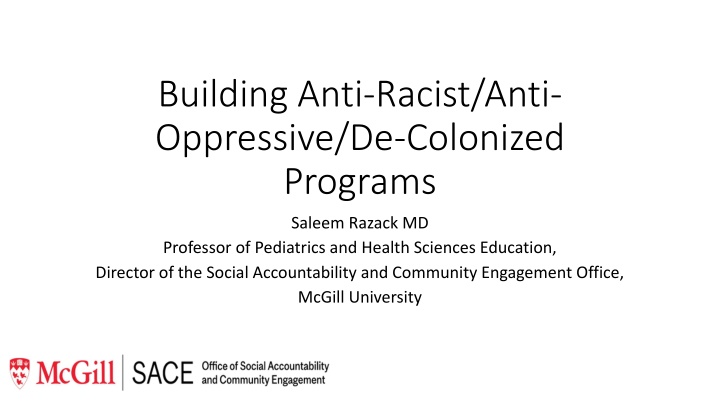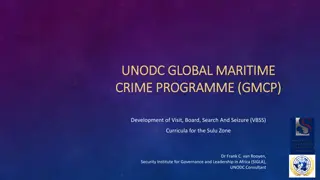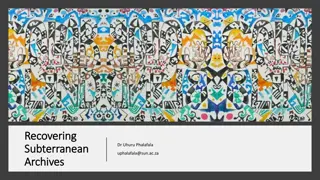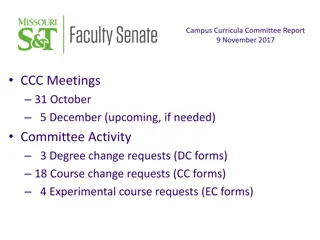
Implementing Anti-Racist Educational Programs
Explore the fundamental learning objectives of anti-racism and anti-oppression initiatives, emphasizing self-awareness, knowledge acquisition, and structural competence. Discover the significance of diversity, the impact of reference points, and necessary changes in formal curricula. Delve into intersectionality and the process of implementing meaningful change within educational settings.
Uploaded on | 1 Views
Download Presentation

Please find below an Image/Link to download the presentation.
The content on the website is provided AS IS for your information and personal use only. It may not be sold, licensed, or shared on other websites without obtaining consent from the author. If you encounter any issues during the download, it is possible that the publisher has removed the file from their server.
You are allowed to download the files provided on this website for personal or commercial use, subject to the condition that they are used lawfully. All files are the property of their respective owners.
The content on the website is provided AS IS for your information and personal use only. It may not be sold, licensed, or shared on other websites without obtaining consent from the author.
E N D
Presentation Transcript
Building Anti-Racist/Anti- Oppressive/De-Colonized Programs Saleem Razack MD Professor of Pediatrics and Health Sciences Education, Director of the Social Accountability and Community Engagement Office, McGill University
What are the Basic Learning Objectives of Anti-Racism/Anti-Oppression: 3 Basic Objectives for Learners: 1. Self-awareness: oneself as a cultural being, intersections, social positioning (privilege, empowerment, structural marginalization), implicit bias. 2. Knowledge and Skills: communication across social distances, critically conscious reflective practice, SDOH, skills in change agency. 3. Structural competence: Structural racism and discrimination, marginalization and oppression, profession s role in propagating. --All done inclusively, and in a trauma informed way.
Diversity and the Point of Reference: Many definitions of diversity imply that there is a standard or norm that we can use to identify differences. For instance, anatomy and medical textbooks have traditionally used illustrations of male bodies to explain every system in the human body, with the exception of the female reproductive system. In this case, the male body is treated as the norm while the female body is treated as different from the norm. Defining diversity in this way as deviation from a norm is harmful: at best, it results in neglect; at worst, it leads to discrimination. Sources: Atlantic, BC, and Prairie Centres of Excellence for Women s Health
Teaching Culture: 1996 2008 2020
What Should Change in the Formal Curriculum? New Material: Critical Race Theory, Intersectionality Theory, Definition of Concepts Existing Material 4 S s: Serendipitous: Representativeness images, case studies, simulations Showing of a more general EDI concept Population Specificity Stereotype Avoidance Examine curricula for White Supremacy (+Patriarchy, Heteronormativity, Ableism, Colonialism)
What is a Good Process of Change? Deliberately include students in co-creative process Privilege structurally marginalized voices Bring it back to science, rigour and social accountability Ensure that official curricular and program structures are onboard with changes Have a framework (educational objectives for anti-racism/anti- oppression, 4 S s)
Thank you! saleem.razack@mcgill.ca






















